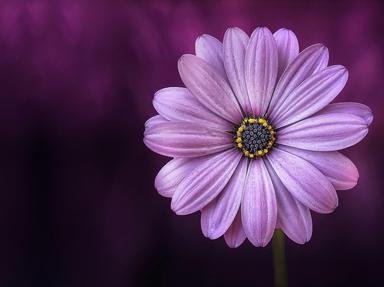
Wild and Wonderful Trivia Quiz
Wild flowers are just as beautiful as their cultivated cousins. I have picked out some that grow in my own garden in England - see if you can match them with their botanical names.
A matching quiz
by invinoveritas.
Estimated time: 4 mins.